A ratchet strap and a cam strap are both types of tie-down straps that are used to secure loads during transportation. While they may seem similar at first glance, there are a few key differences between the two that make them better suited for certain situations.
One of the main differences between ratchet straps and cam straps is their mechanism for tightening. Ratchet straps use a ratcheting system to tighten the strap, which allows for precise adjustments and a secure hold. Cam straps, on the other hand, use a cam buckle that tightens the strap by pulling it through the buckle and then locking it into place. This can make cam straps easier to use, as you don't have to crank the handle to tighten them, but they may not be as secure as ratchet straps.
Another difference is the material that the straps are made of. Ratchet straps are typically made of polyester or nylon, while cam straps are often made of polypropylene or other synthetic materials. These materials have different properties, such as strength and resistance to UV damage, which can make them better suited for different applications.
In terms of durability, ratchet straps tend to be more robust than cam straps. This is because the ratcheting mechanism is more complex and requires more parts, which makes it more prone to wear and tear. Cam straps, on the other hand, are generally simpler and have fewer parts, which makes them less likely to fail.
When it comes to selecting a tie-down strap, the right choice will depend on your specific needs. If you need a strap that is easy to use and can be tightened quickly, a cam strap may be the better choice. On the other hand, if you need a more secure hold and are willing to put in the extra effort to crank the handle, a ratchet strap may be the better option. Regardless of which type of strap you choose, it's important to use it properly and follow all safety guidelines to ensure the safe transport of your loads.




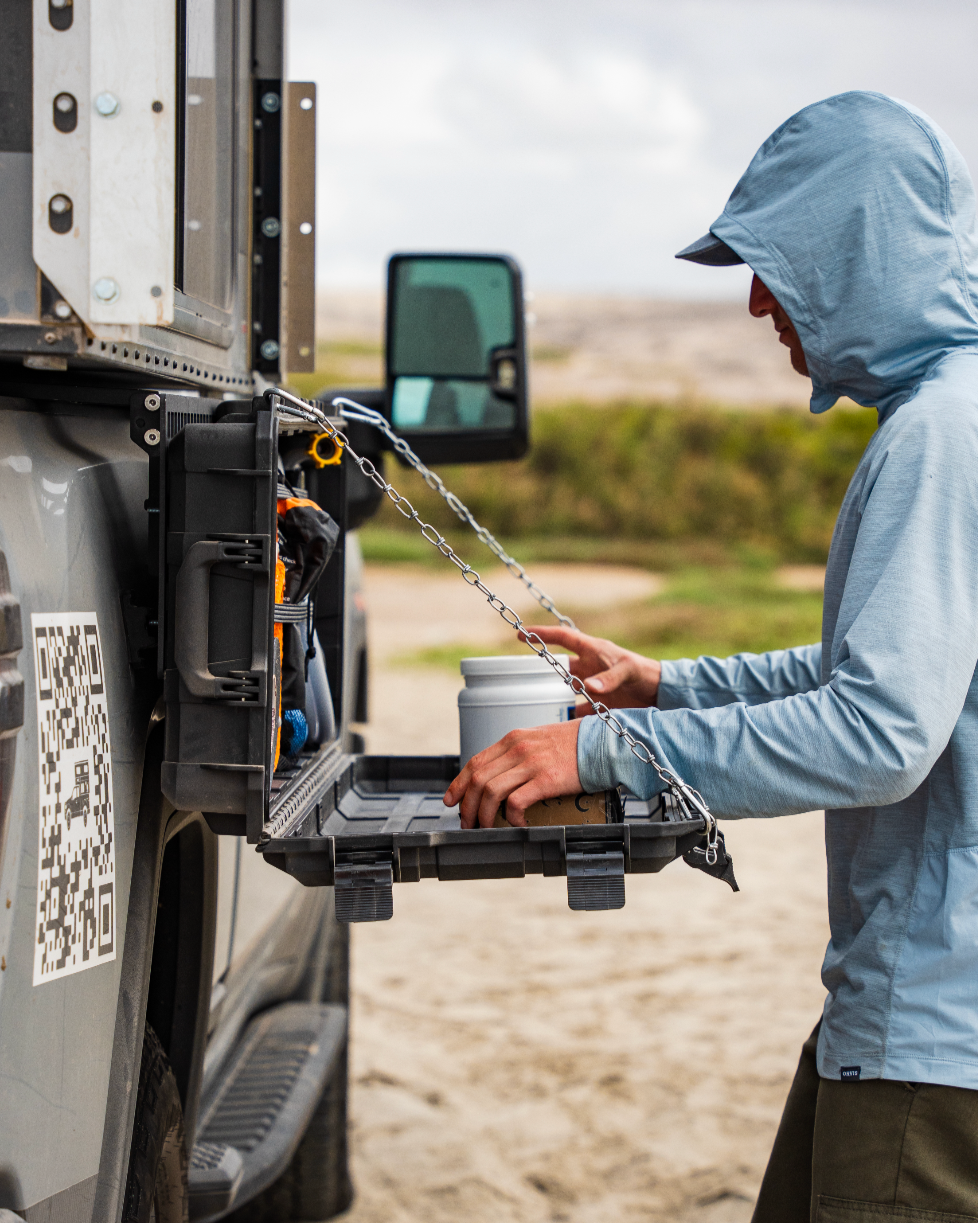
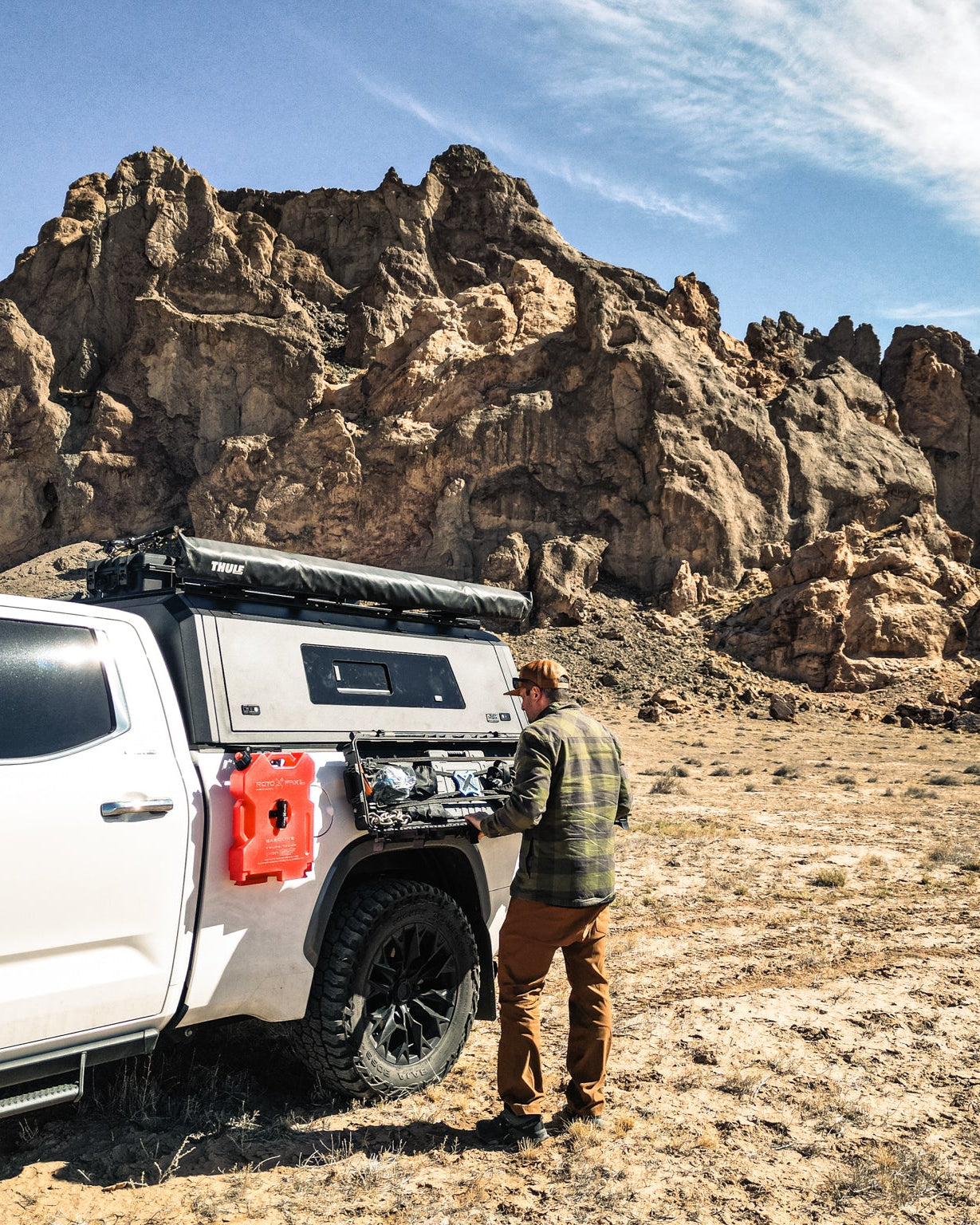
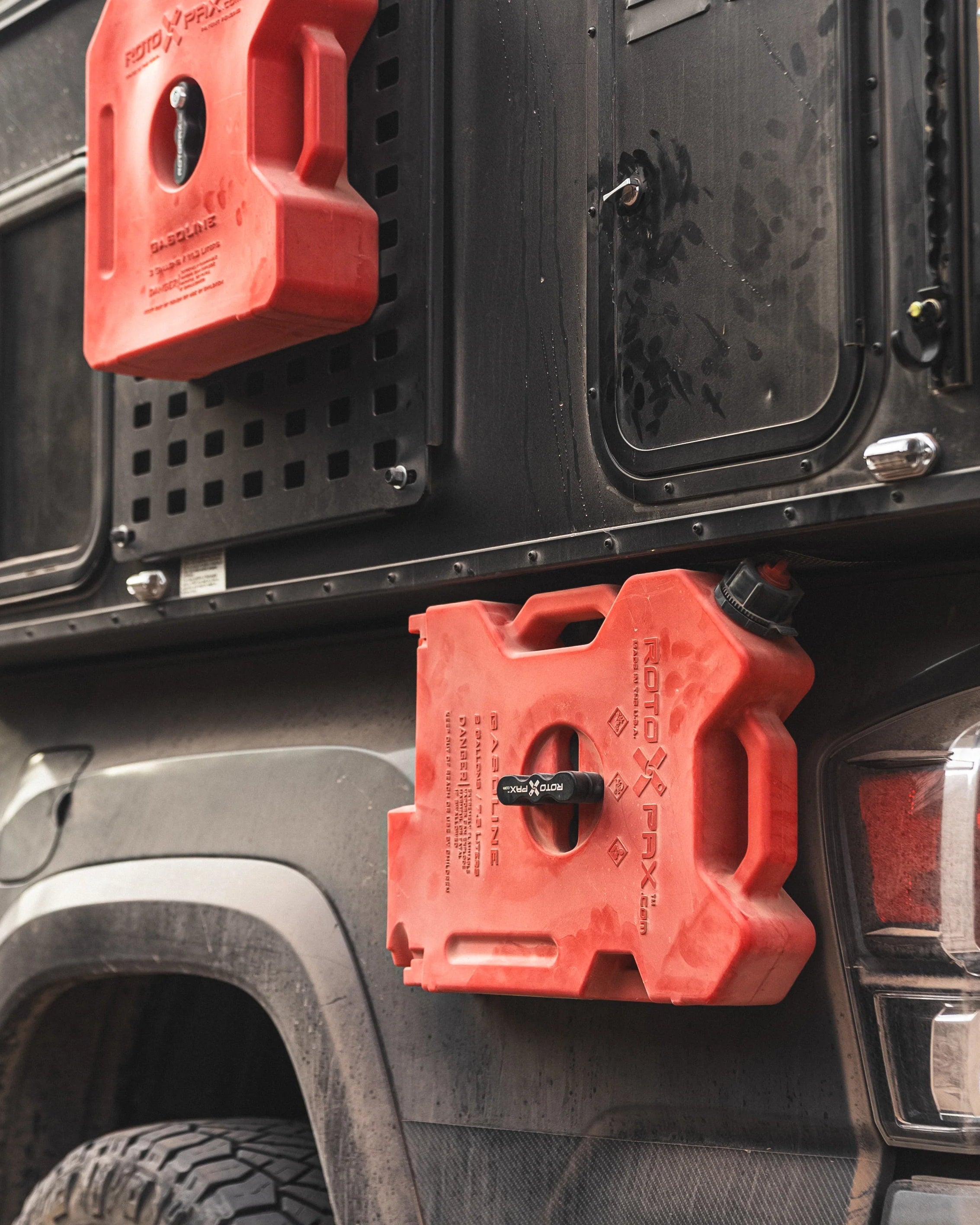
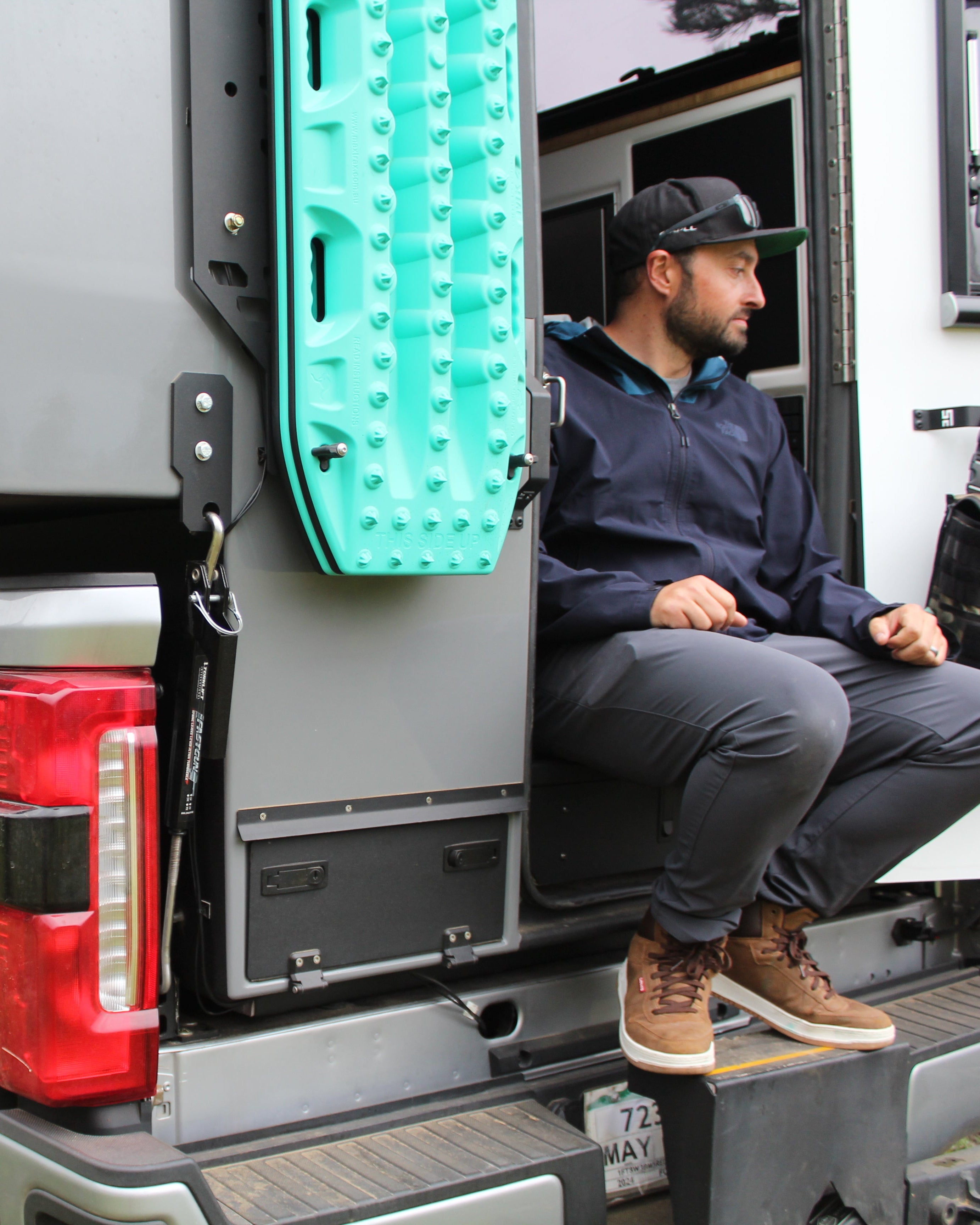
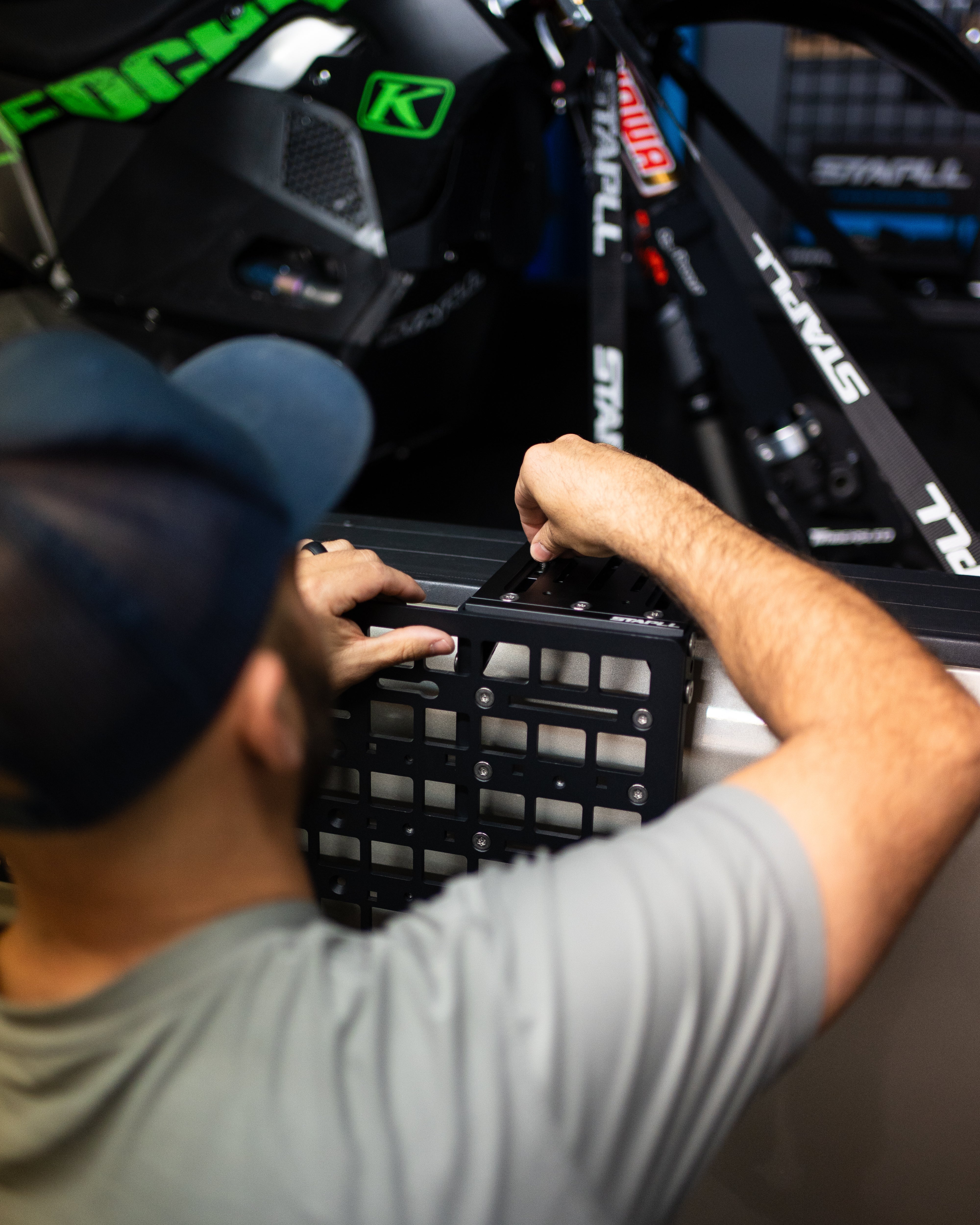
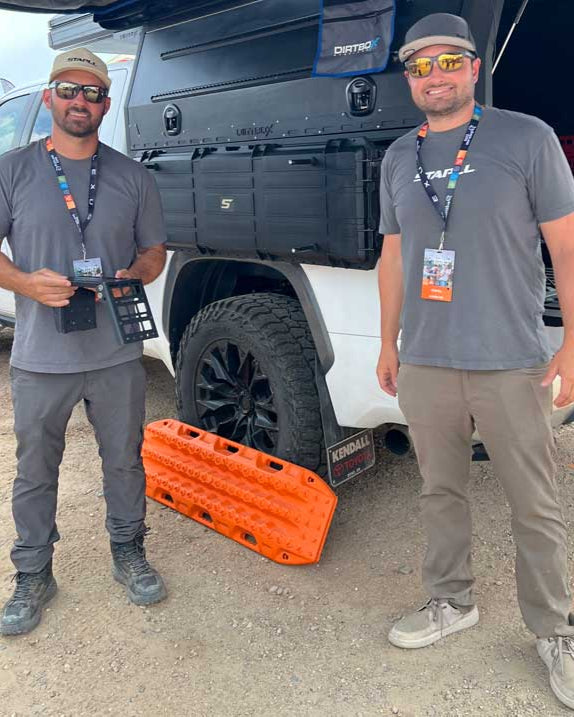






Leave a comment
All comments are moderated before being published.
This site is protected by hCaptcha and the hCaptcha Privacy Policy and Terms of Service apply.